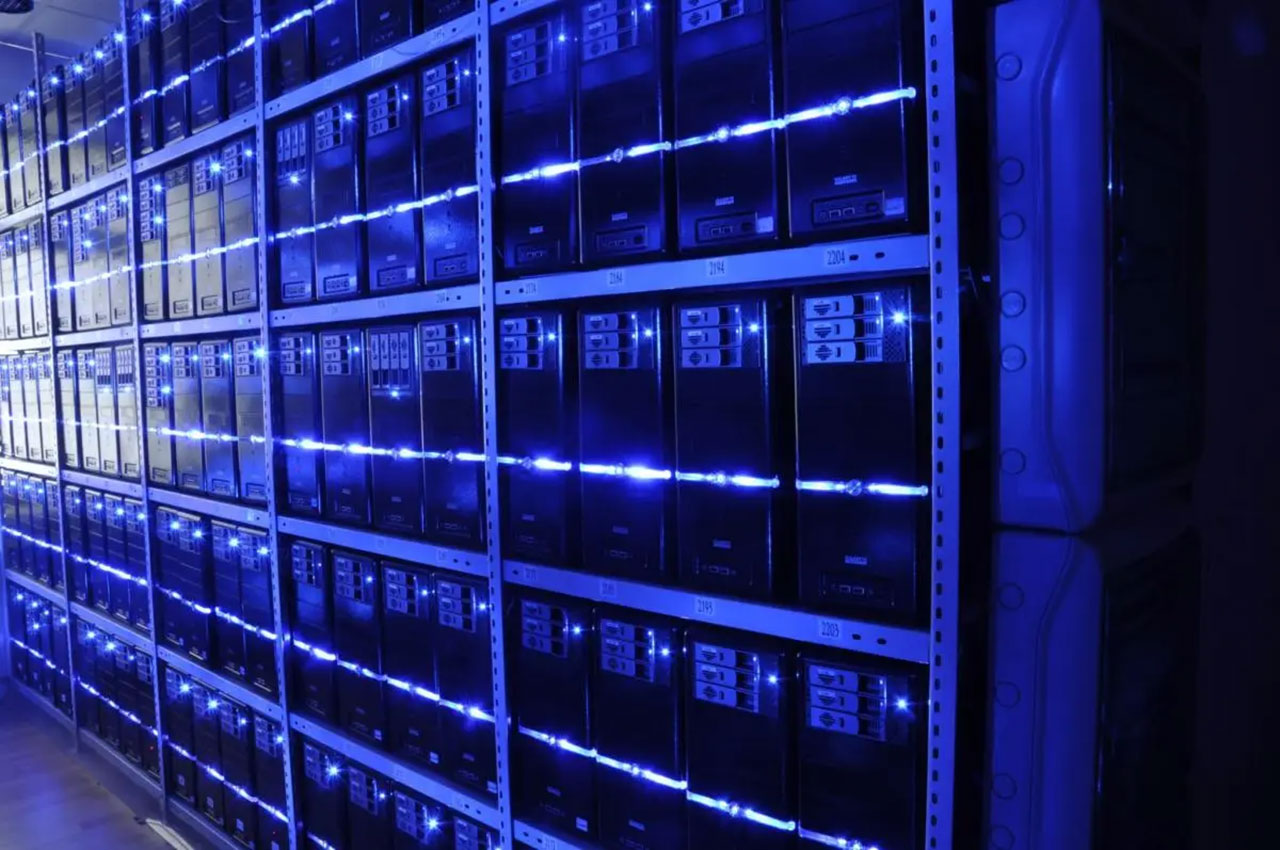Edge Server Relevant Use Cases, Benefits, and Disadvantages
What is an Edge Server?
An edge server simply refers to a server that’s located at the ‘edge’ of the network, i.e., it is placed close to the application and the data source. The server provides computing power and other resources to the applications. Edge servers are located much closer to the end users by design and are located outside of traditional data centers. This is because traditional centralized data processing models where data needs to travel from the end-user devices to the cloud for processing and back cannot keep up with the reliability and low latency requirements of many modern workloads that need to be processed in real-time. Use cases of these can include healthcare, autonomous vehicles and more. These servers are typically used to perform computer, networking, storage, and security functions as close to the site of data generation as possible. These servers are best adapted for deployment in distributed computing architectures that are commonly used in emerging technology applications such as IOT networks, 5G, and AI. For more information on this, please contact IT Support San Diego.
Edge Server Use Cases
As already mentioned, edge servers are the most obvious choice for data processing in real-time (or, close to real-time). These are a necessity for low latency workloads and easily fit workloads that cannot make use of traditional, bulky servers.
Examples of applications of edge servers include:
- Networks of IoT sensors deployed in industrial environments.
- Surveillance footage captured on video cameras with sensors that require real-time data processing.
- Streaming services for gaming, movies and TV shows that must be routed through edge servers with cashed videos.
- Hybrid cloud architectures that make use of both centralized servers to handle heavy resource-intensive workloads and edge servers to deal with more time-sensitive workloads.
- There are also applications especially in highly regulated spaces such as fintech and banking wherein user-facing performance-oriented processing is handed over to edge servers but more intensive workloads and sensitive data are only handled in the central servers.
- Various kinds of applications across manufacturing, healthcare and more that perform real-time monitoring and need real-time data processing near the end-user devices. Examples of this include IoT sensors involved in in-hospital patient monitoring and remote monitoring of potentially dangerous or hazardous industrial sites such as monitoring of oil and gas rigs.
- Autonomous vehicles that depend on real-time data processing of prodigious amounts of data fueling split second decision-making on the road.
Benefits and Disadvantages of Edge Servers
Benefits:
Low latency
Performance and time-sensitive workloads depend on faster data processing. Edge servers enable IoT and AI-powered devices to make split-second decisions in highly sensitive applications. Thanks to lowered latency and faster load times, users can expect better performance from servers located physically closer.
Reduced pressure on origin servers during peak demands
Peak demands and sudden traffic surges can put a lot of stress on origin servers. Edge servers deployed as part of a content delivery network or CDN can helpto effectively manage this additional stress as they can quickly process client requests in regions located closest to them. This ensures that there is performance impact on the origin server.
Better security for origin servers
Edge servers deployed as part of a CDN are also very effective in hiding the origin server’s IP address. They can also hide all proxy requests from clients. This ability to cloak origin server and client activity boosts the security of the entire network as the origin server becomes less prone to DDoS attacks. This sort of networking models can also work to enhance the overall data integrity and privacy of the network.
Reduced expenses through lower bandwidth requirement
Since edge servers are designed to take care of most of the data processing, there is little need for data to be sent out to external networks for processing. This significantly reduces all network bandwidth needs and leads to overall reduction in costs.
Improved data security
The lowered need for data to travel to external networks lowers data movement overall. This means that at any given point in time there are relatively fewer open connections. This means that the scope of cyberattacks is also effectively reduced. Moreover, as there is no need to store or process data at centralized locations, there is less chance that a data breach can result in compromise of a massive chunk of sensitive data. Even if the cyberattacks are successful, the impact of data breaches can be contained. Managed IT Services San Diego offers strategic guidance on security risk management of CDNs.
Improved availability
Edge servers are quite capable of maintaining the local network in cases where the origin server suffers an outage or a crash. This can be a critical reliability feature for workloads that simply cannot suffer any downtime such as healthcare workloads and critical control systems in industrial settings or autonomous vehicles. This can also lead to a much-improved customer experience in other kinds of workloads. IT Consulting San Diego has more insights to offer on this.
Enhanced computing power
Local devices can often be limited in their computing powers. Edge servers act as a critical supplementary source of computing resources and capabilities.
Disadvantages:
Difficult to maintain
Edge servers have to be located across diverse geographic locations, and companies need to take care of monitoring, maintaining, and updating their assets everywhere. Many companies may find handling this in-house next to impossible, while even outsourcing the task may prove costly and ridden with coordination challenges.
Expensive
As outlined above, maintenance and even deployment of edge servers across diverse locations can prove to be quite expensive. Edge hardware can be expensive, but companies also need to invest in the right skillsets and advanced infrastructure to drive value from edge deployments.
About Steven:
Steven Truong is a Marketing Coordinator at I.T. Responsive; IT Support Santa Ana Company. Steven has a professional background in marketing and communications for small to medium-sized businesses in several industries. He’s well-versed in creating effective marketing strategies for clients.




